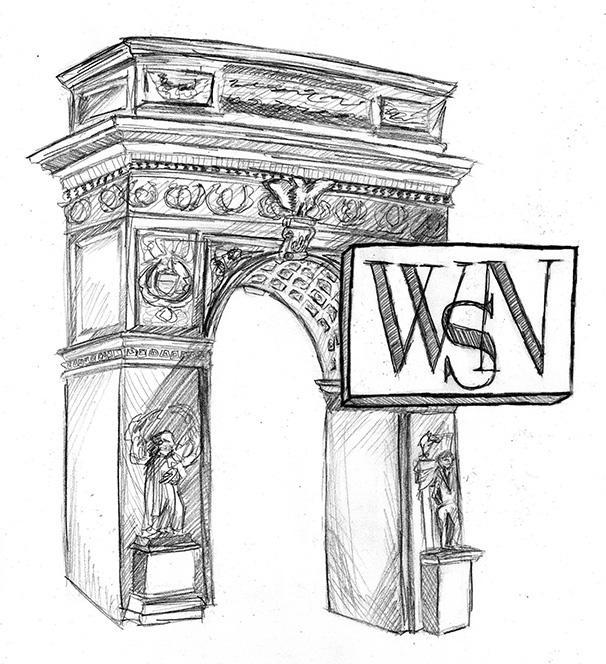Friday, May 1 was decision day, when many high school seniors chose where they were going to go to college for the next four years. This year’s day was unprecedented with campuses unavailable for in-person visits that were supposed to help with making this decision. Even in the midst of everything, some upcoming members of the class of 2024 posted on social media with #NYU2024 in excitement for the future.
During that same week, President Andrew Hamilton, Provost Katherine Fleming and Executive Vice President Martin Dorph sent a letter to the NYU community describing the grim financial situation of the university. They explain that the university has lost around $100 million over the spring semester and that it is estimated to lose $150 million in the summer — allegedly the biggest financial hit for the university since it almost filed for bankruptcy in the early 1970s. Because of this, NYU says modifications will be made to the 2020-2021 budget, which include a 0% salary increase, a continuation of the current hiring freeze, a continuation of the ban on non-essential spending and a division of responsibilities for workers. The letter also mentions possible drastic measures like reduction in employees’ work hours, furloughs or layoffs. However, it doesn’t provide any further information on how these may occur or the steps it plans to take to avoid these measures.
The celebration of decision day and the tone of the administration’s letter provide a stark contrast between NYU’s projected image of its relationship with students versus the reality — a contradiction that the university seems to ignore.
This contradiction is deepened by the fact that these financial losses as a result of the pandemic’s detrimental impact on NYU cannot be proven. The absence of any detailed financial records — aside from tax returns, which the university is required to release by law, and other minimal financial information — forces students to look at the current situation without an understanding of the full picture. The administration’s decision to use this letter to share a few numbers without any definitive plan for how the university will operate is simply a guise of transparency that attempts to dull student demands.
The limited nature of the information in this letter also seeks to portray the university in a certain light while leaving out important details. For example, the letter mentions that NYU has provided $4 million of emergency aid to those at the New York campus, but doesn’t mention the number of students who applied for the aid. When clarifying how the university’s endowment can be used, it mentions how most of the endowment is designated for certain purposes by donors. However, it doesn’t provide a full picture of what the endowment is meant for and how much money is legally allocated to be used for certain purposes.
Suspiciously, the letter doesn’t mention that the university is receiving, as reported by NYU Local, around $25 million in grant money from Congress through the CARES Act as well — half of which must be used to provide students with emergency aid and the other half to be used at the general discretion of the university. Why didn’t the university communicate this public knowledge to students?
This lack of information is leaving students in the dark on important financial policies that impact them the most.
The missing details in this letter and NYU’s lack of full financial disclosure are indicative of the university’s desperation for institutional prestige. It further shows the cost of this desperation, and the fact that NYU prioritizes its reputation over student concerns.
Furthermore, by trying to toe this line, the university fails to provide a direct answer to the serious problems at hand. Rather than clarifying the situation, these kinds of responses only serve to confuse and muddle the problems at hand. How can the university claim to put student interests first when it blatantly refuses to provide transparency on important decisions?
NYU’s method of communication — where details are selectively provided while others are left out — isn’t a sufficient way of conveying information to the NYU community. Instead of providing clarity, it attempts to prove that the university is doing enough, even when students’ concerns show this isn’t the case. The events that have unfolded over this semester have revealed that NYU frequently turns a blind eye to students’ concerns, and the administration’s most recent letter only solidifies this.
A version of this article appeared in the Monday, May 4, 2020 e-print edition. Email the Editorial Board at [email protected].





















































































































































